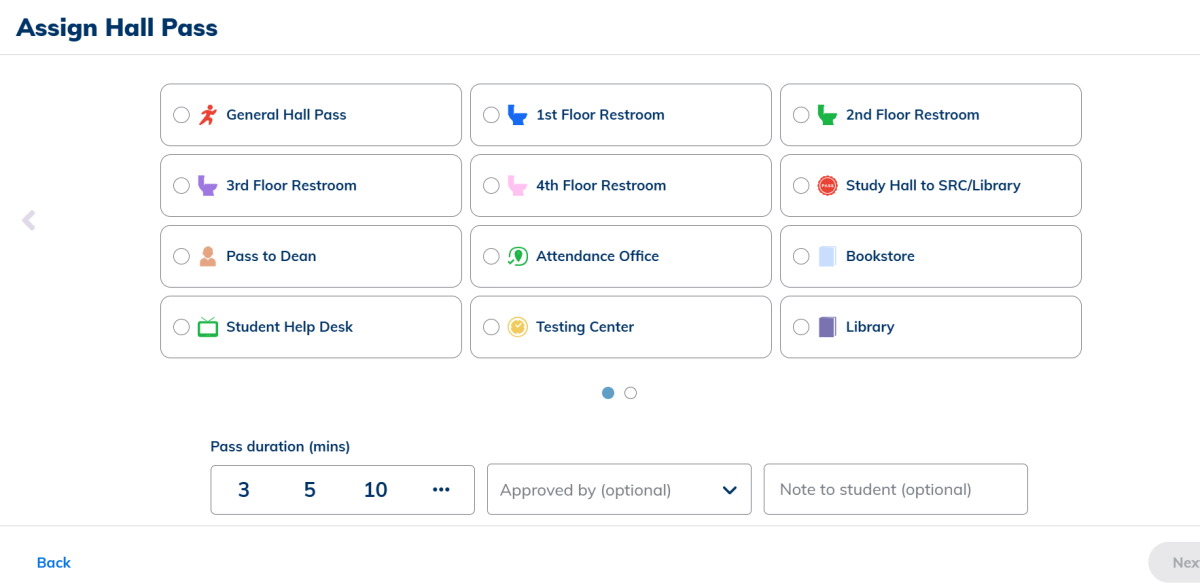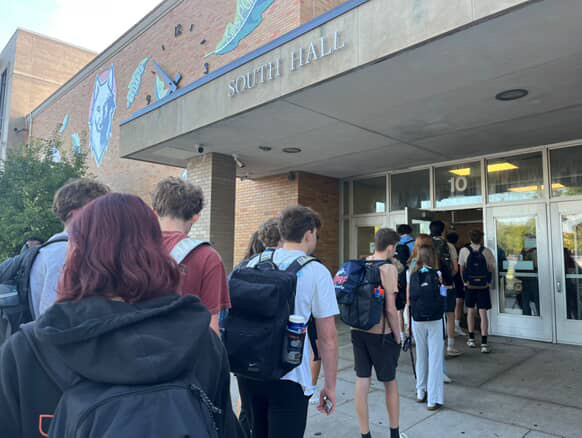Recently, students around the globe have found a new aid to finishing their school assignments: one that can write and produce any work in record time. This new resource, artificial intelligence (AI), has become incredibly accessible within the past few years with the development and centralization of an AI tool called ChatGPT.
Administrators and teachers alike have questioned the usefulness of this resource in a school setting, blocking its usage on school accounts and Chromebooks. Now, Oak Park and River Forest High School staff are discussing how to incorporate AI into school policy.
On March 13, Assistant Superintendent for Student Learning Laurie Fiorenza, Ed.D, sent out an email to faculty and staff announcing OPRF’s plan to manage AI usage in school. The document, the Oak Park and River Forest High School Approach to Augmented Intelligence, attached to the email, was written by the AI committee, which met in February to decide on a balance of integration with AI. The committee was of press time.
The latest plan is to give educators further resources to successfully incorporate AI into their curriculums. Teachers will, according to the approach, receive professional development and support to help them integrate AI through collaboration and innovation.
As the email describes, teachers should align AI solutions with typical teaching practices, such as “supporting learner agency, fostering collaboration, enhancing feedback and promoting critical thinking.”
Course teams will work to ensure the ethical, equitable and safe use of AI, protect data privacy and security, address potential biases and harms, and promote digital citizenship and responsibility.
Lastly, teachers were told to emphasize “the significance of independent thinking and writing in the development of intellectual skills…that the submission of AI-generated or AI-enhanced writing as one’s work constitutes a clear breach of our institution’s established principles of academic integrity.”
“[The AI committee] was a group of teachers throughout the building in different divisions, different departments and myself, who came together to talk about the AI practices in the building and what we might want that to look like in response to some questions from some board members about how we will be incorporating AI into our building and into the students’ learning experience,” said Fiorenza.
The AI committee is composed of teachers across department lines who have a wide range of opinions pertaining to AI usage in schools. For example, math teachers like Andrea Gamache, who teaches AP Computer Science Principles and Geometry and is a member of the AI committee, are generally in favor of AI use in school.
“We need to work with it because AI is not going away,” Gamache said. “I think that it’s important that we teach [students] how to use it appropriately and ethically at the same time, and I know that there’s a lot of teachers who don’t feel the same way as I do, but I think that instead of banning it, and shying away from it and saying, ‘No, blanket, not allowed,’ I think that we need to shift to: ‘How can we use this as a tool within our classrooms?’”
Bernie Heidkamp, an English teacher and member of the AI committee, said the approach “incorporates both a cautiousness toward AI and our willingness to engage in it if it’s going to help us. And so I think that it’s a nice balance because…when I went to the committee, I felt like I had to express my somewhat negative view of AI, but I also learned a lot from other people about how they saw AI fitting with our educational mission.”
Heidkamp’s opinion, as an English teacher, is opposed to AI. “I would classify myself as a skeptic of its value, especially in an educational environment,” he said. “Our job educationally in the English department is to really teach reading, writing and thinking, and a lot of the potential uses of AI in the English classroom would be replacing reading, writing and thinking.”
Nevertheless, the AI committee incorporates all sorts of opinions regarding AI and its usage, displayed in the versatility and broadness of the approach they produced.
“The AI approach really is initially giving teachers the permission to learn about and examine and explore AI more fully and in depth from a learner’s perspective before really approaching it with their students,” said Fiorenza. “I’m very proud of the work of the AI committee. I think they did a great job of being thoughtful and mindful, but also honest about what we want to see for our students and from our students.”






